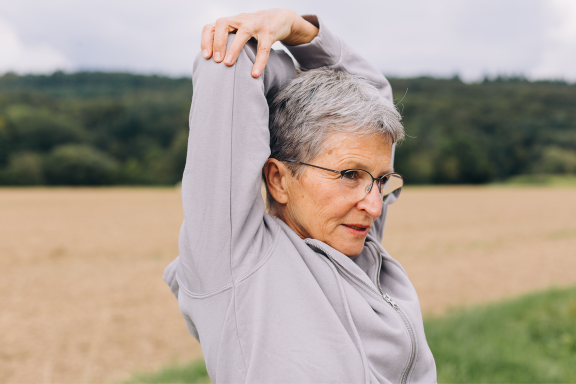November is National Osteoporosis Month
By Eqra Jan & Mura Abdul-Nabi (Get Well Clinic)

Our bones are constantly breaking down tissue and creating more, new tissue to replace it. Osteoporosis occurs when the creation of new bone tissue is unable to keep up with the loss of the old and thus, weak and brittle bones are the result. The likeliness of developing it can depend on genetics, ethnicity, and how much bone mass is attained during youth. While the disease can affect both men and women of all ages and races, it is most common among older white and Asian women (First Nations Health Authority, 2021), especially postmenopausal women (Ji & Yu, 2015).
Osteoporosis can result in fractures, most commonly in the hip, wrist, or spine, which is why it is so dangerous. Over two million Canadians are affected by osteoporosis and the occurrence of such fractures is more common than heart attacks, strokes, and breast cancer combined (First Nations Health Authority, 2021).
Osteoporosis can significantly affect one’s quality of life, independence, mobility, and self-esteem. Thus, it is important to prevent osteoporosis by improving bone health early in life, starting from childhood (First Nations Health Authority, 2021). This can be done with good nutrition (foods high in calcium and vitamin D) and exercise. Specifically, weight and balance exercises help prevent falls later on in life.
Risk factors include:
- Older age
- Postmenopausal women
- Race
- Family history
- Smaller body frame size
- Dietary factors
- Low calcium intake
- Eating disorders
- Gastrointestinal surgery
- Lifestyle choices
- Sedentary lifestyle
- Excessive alcohol intake
- Tobacco use
- Medical conditions (Mayo Clinic, 2021)
Look out for symptoms of osteoporosis including back pain, stooped posture, and bones breaking more easily. Osteoporosis can significantly alter one’s life so make sure to talk to your doctor if you are experiencing any symptoms. They can refer you for a bone density test which is for any high-risk individuals or anyone over 65 years-old in Canada (Mayo Clinic, 2021).
References:
First Nations Health Authority. (2021). November is National Osteoporosis Month.
Ji, M.X & Yu, Q. Chronic Diseases and Translational Medicine. (2015). Primary Osteoporosis in Postmenopausal Women.
Mayo Clinic. (2021). Osteoporosis.



